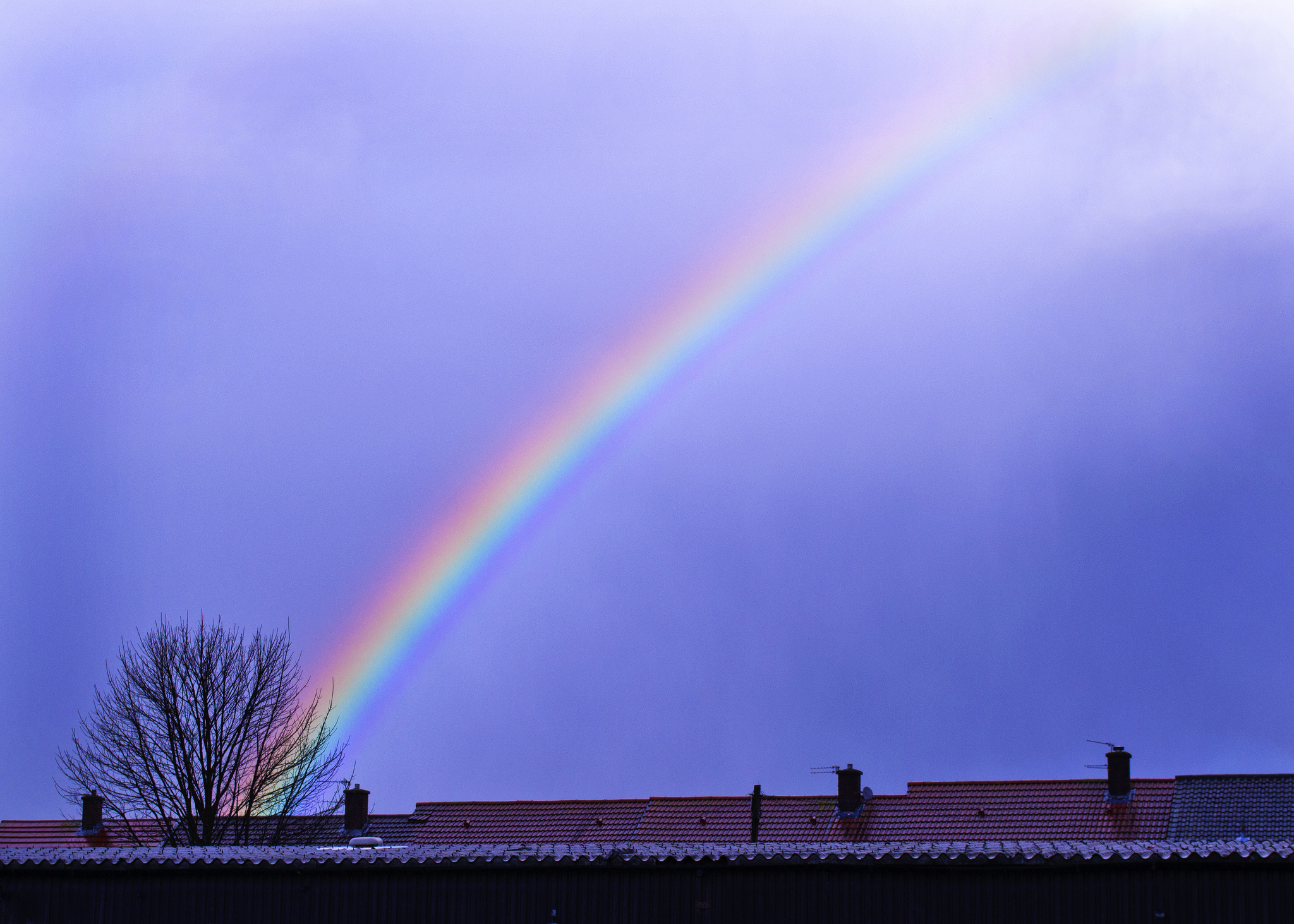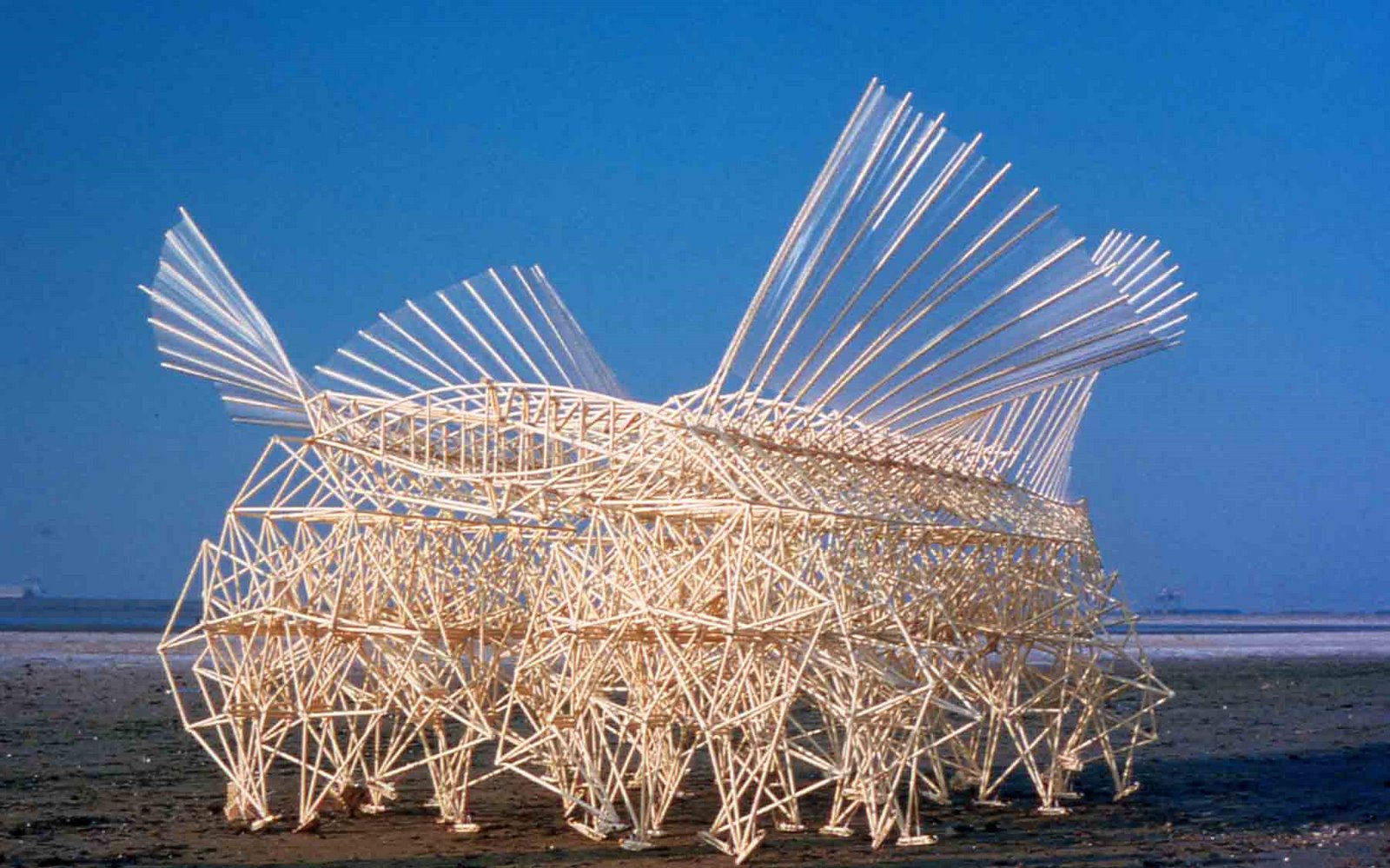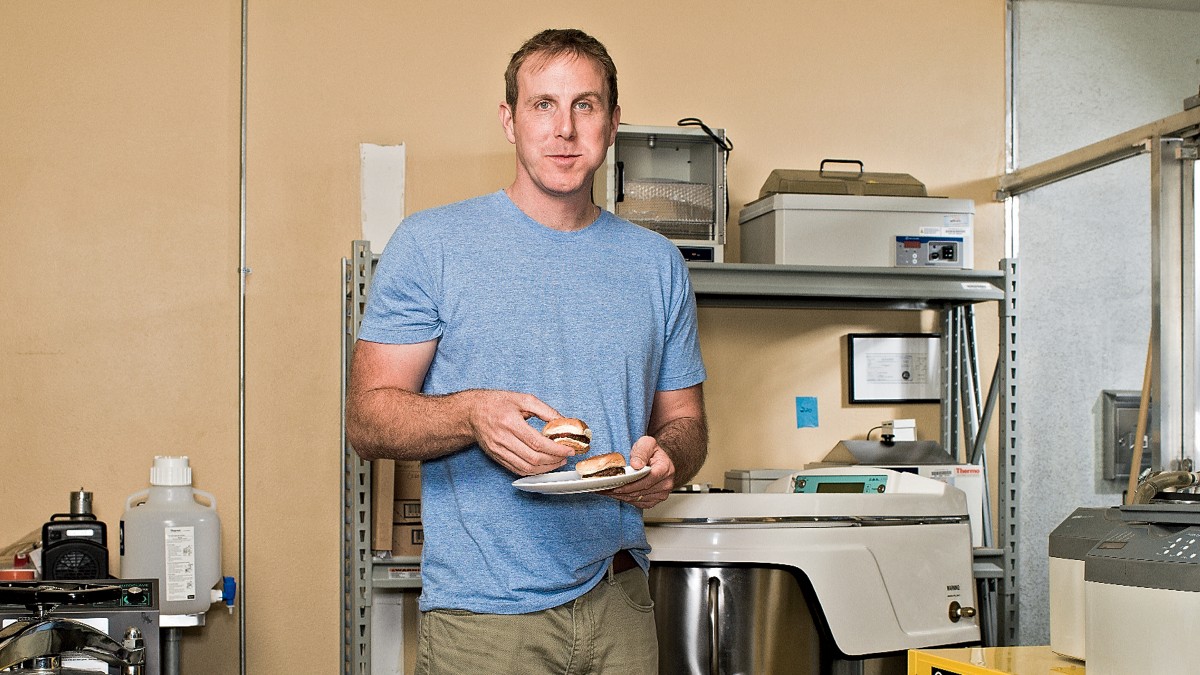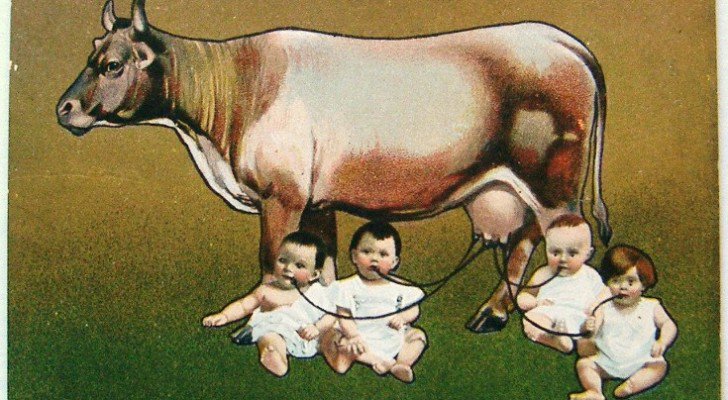People with high emotional intelligence tend to do better at work. So what habits do they have that set them apart?
It has increasingly become accepted that emotional intelligence is an important factor in our success and happiness, not only at work, but in our relationships and all areas of our lives. Continue reading 7 Habits of Highly Emotionally Intelligent People







